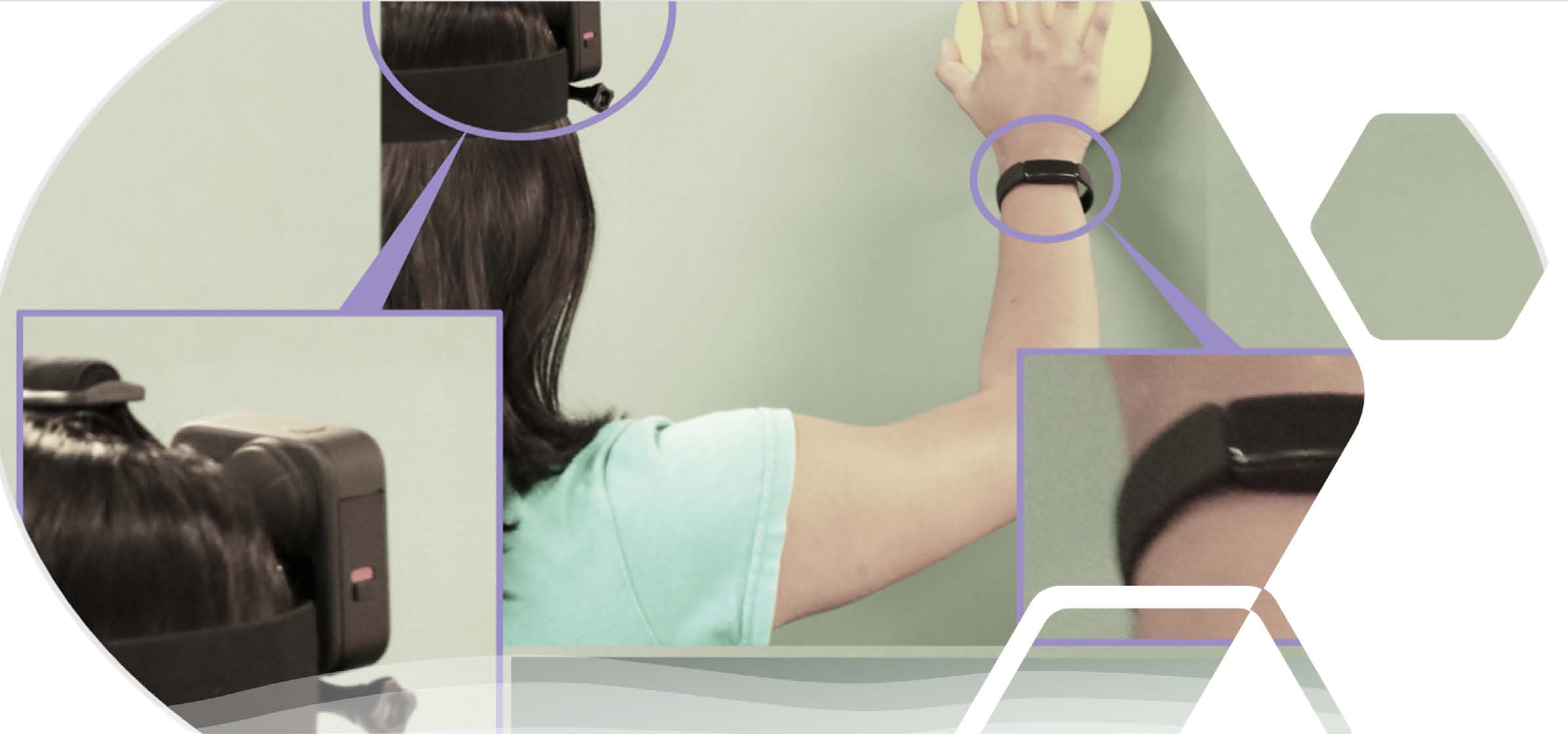Creating accessible rehabilitation through advancements in remote care technology

ability to make patient care more accessible and equitable – allowing healthcare professionals to virtually meet their patients where they are. Regardless of income, location and culture, it provides the possibility of enhancing conversations with patients to keep them at the centre of their own care. Dr. Joy MacDermid, professor and co-director of the Clinical Research Lab within the Roth McFarlane Hand & Upper Limb Centre, is excited about the possibilities that have come out of her work during the past year. Developing creatuve technology solutions to improve patient care and outcomes will impact musculoskeletal rehabilitation long after the pandemic is gone.
"COVID-19 has made helping patients maintain their mobility and supporting their rehabilitation particularly challenging,” says Dr. MacDermid. “Being limited to your home compromises your mobility. At times, parks have been closed and where you can walk has been limited. Pain impacts your mobility, and not maintaining mobility creates more pain.”
Cathie Hofstetter lives with rheumatoid arthritis and osteoarthritis. She’s the third generation of her family to have rheumatoid arthritis and knows that there will be a fourth generation.
“In terms of COVID-19, the worst part is that people aren’t getting out and about, especially where I live in Toronto,” says Cathie. “A lot of people have lost the mobility they had. And, we don’t have the same access to specialists as before the pandemic.”
Dr. MacDermid and her team, part of Western University’s Bone and Joint Institute (BJI) and the Canadian MSK Rehab Research Network, are learning more about improving interactions with patients through the use of remote care technology and applying that knowledge nationally.
The BJI has been integral to accelerating important technological advancements in the mobility and rehabilitation arena. It facilitates MacDermid’s work with over 60 researchers across Canada through the MISTIC-MSK Mobility Improvements through Social & Technological Innovations in Canada Think Tank (under the umbrella of CaNMoR – Canadian Network for Mobility Research). The goal is to develop a coordinated national “innovation factory” to address the most prevalent conditions impacting Canadians’ mobility and pain.
“Together with BJI, we’re launching a competition for national groups to focus on the most prevalent conditions impacting Canadians’ mobility associated with pain: chronic pain and osteoarthritis,” says Dr. MacDermid. “We want them to come together to develop web-based, online interventions.” Cathie shares her lived experience with Dr. MacDermid and her team as part of BJI and the Canadian MSK Rehab Research Network. “Dr. MacDermid is giving everyone a chance to think about how we can do things better – how the system can do what’s best for the patient,” says Cathie. “There are all sorts of people that really need care in remote and isolated areas, as well as disadvantaged and marginalized populations or those who can’t afford rehabilitation care. These online interventions are being developed in urban centres like London, but they will benefit others as well.”
Extending beyond video-chat consultations, web-based, online interventions include smart technologies, and those supported by wearable sensors. These sensors allow clinicians to see how patients are moving and measure them remotely in ways that couldn’t be captured from a distance before. Dr. MacDermid is committed to solving the additional barriers to treatment that patients face, including travelling to and from appointments, affording rehabilitation care and having access to remote care technology, such as smartphones, tablets and even a stable and faster internet connection.
“Creating better online programs for patients has been one of our key priorities for years,” says Dr. MacDermid. “COVID-19 has made it even clearer that patients need accessible solutions that are designed for their lives. Our work will be central to giving people the care and attention they need, when and where they need it.”

